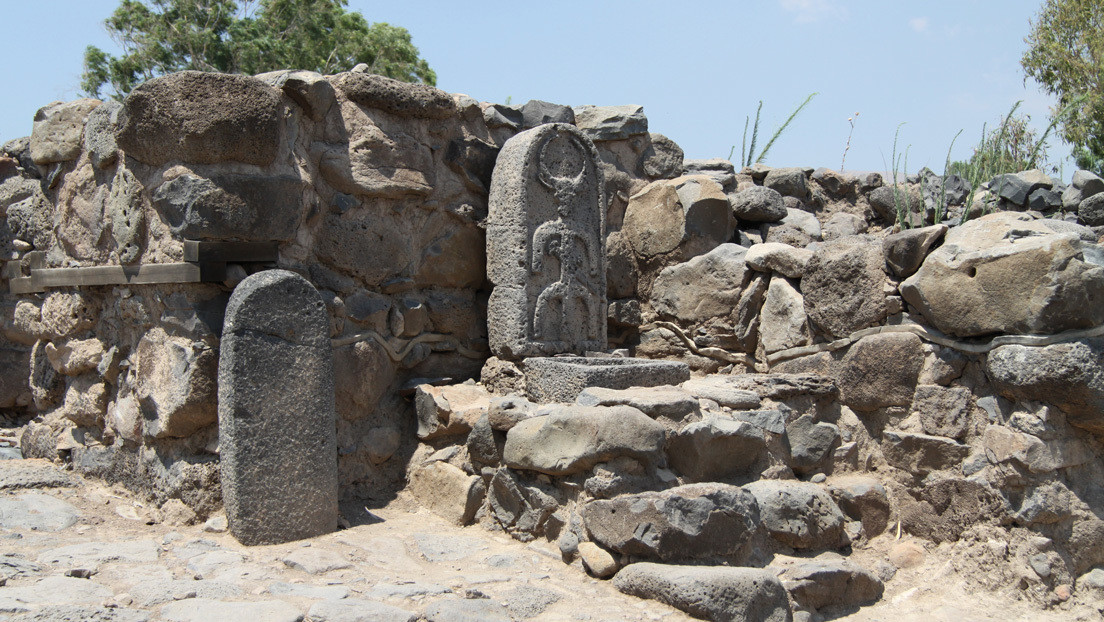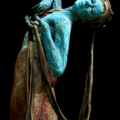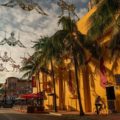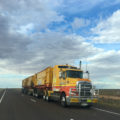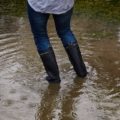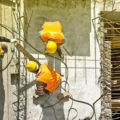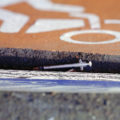After 30 years of investigation, a group of archaeologists would have discovered the city of Bethsaida, a biblically famous place.
By MiamiDiario Editorial Staff
According to the biblical texts, in Bethsaida, Jesus would have fed thousands of people by multiplying the fish and loaves. Besides, he would have healed a blind man and walked on water.
Based on this background, it had become a city that was eager to be found, until they found it near the Sea of Galilee, at the archaeological site of Et-Tell.
During the excavations, fortifications, warehouses, and the city gate were discovered. These belonged to the capital of the kingdom of Geshur, which later became Bethsaida.
Biblical village of Bethsaida identified https://t.co/fmsVa3IiJl pic.twitter.com/ywSKryWYKO
— Roosh V Forum (@rooshvforum) August 26, 2020
The researcher also states that Zer is the original name of the ancient city, translated in the Bible as ‘Tzed’; the word means both ‘hunting’ and ‘fishing’ in Hebrew. There is a belief that the name Bethsaida comes from it.
Despite Arav’s claims, this is not the only existing hypothesis about the location of Bethsaida. For example, Professors Steven Notley of Nyack College in New York and Mordechai Aviam of Kinneret College (Israel) maintain that the remains of Bethsaida are found at the archaeological site of El-Araj, located on the same bank as Et-Tell.
However, the University of Nebraska professor points out that they have found no material evidence of monumental constructions from the Iron Age in El-Araj; so, he maintains that this site was nothing more than a Roman camp.
Source: RT
Más sobre este tema
- El luchador Hulk Hogan se bautiza a sus 70 años: “Dedicación a Jesús”
- Así luce el verdadero rostro de Jesús, según la inteligencia artificial
- Miami anuncia programa Keep Safe para proteger viviendas asequibles
- Sujeto destrozó varias estatuas de una iglesia de Broward y quemó parte de ella
- Arqueólogos encuentran la ciudad donde Jesús realizó su milagros de caminar en el agua y multiplicar los panes
